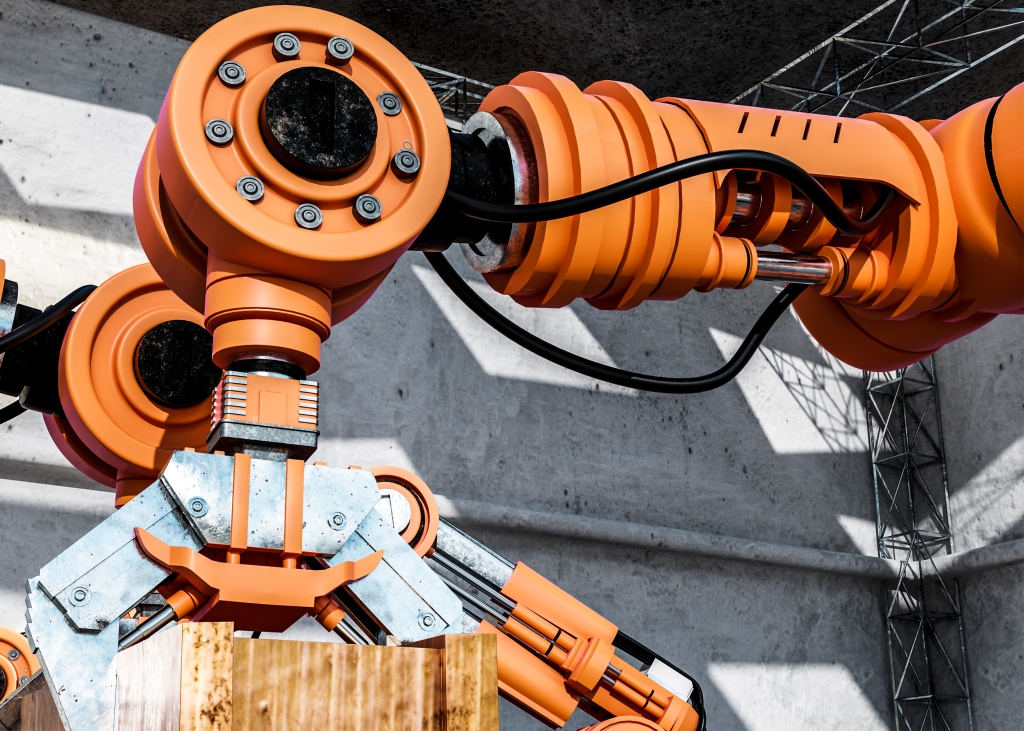In recent years, the world has witnessed significant advancements in robotics, and the integration of robots into various industries is becoming increasingly prevalent. Their guidance system is one crucial aspect that enables robots to navigate and interact with their surroundings efficiently.

What is Robot Guidance System?
A Robot Guidance System is a technology or set of algorithms that enable a robot or automated system to navigate, perceive its environment, and make decisions based on the information it gathers. The purpose of a guidance system is to provide the robot with the ability to move and interact with its surroundings effectively.
The components of a robot guidance system may include:
- Perception Sensors: These sensors enable the robot to gather environmental information. Common perception sensors include cameras, LIDAR (Light Detection and Ranging), ultrasonic sensors, and radar. These sensors capture data about the robot’s surroundings, such as distance, shape, color, or texture.
- Localization and Mapping: Once the robot has perception data, it must determine its position and create a map of its environment. Localization algorithms use sensor data to estimate the robot’s position and orientation in real-time. Simultaneously, mapping algorithms integrate the sensor data to create a representation of the environment.
- Path Planning: Path planning algorithms determine the optimal path or trajectory for the robot to reach a desired location or complete a specific task while avoiding obstacles. These algorithms consider the robot’s current position, the environment map, and any constraints or objectives defined for the task.
- Control and Actuation: The control system interprets the output of the path planning algorithm and generates commands for the robot’s actuators, such as motors, wheels, or robotic arms, to execute the desired movements. The control system ensures that the robot follows the planned path accurately and adjusts for any environmental deviations or changes.
- Decision Making: In more advanced systems, decision-making algorithms may be incorporated to allow the robot to make choices and adapt its behavior based on its perception of the environment. These algorithms can involve rule-based systems, machine learning, or artificial intelligence techniques to enable the robot to learn from its experiences and make intelligent decisions.
How robot guidance systems are revolutionizing various industries and shaping the future of automation:
Enhanced Precision and Efficiency:
Robot guidance systems have significantly enhanced the precision and efficiency of industrial processes. Traditional manufacturing and assembly lines often rely on human operators, leading to errors and inefficiencies. However, with the advent of robot guidance systems, robots can perform tasks with unparalleled accuracy.
Vision-based guidance systems, for instance, utilize cameras and sensors to provide real-time feedback, allowing robots to adjust their movements and ensure precise execution of tasks. This level of precision reduces errors and leads to increased productivity and cost-effectiveness.
Autonomous Navigation and Mapping:
Robot guidance systems enable robots to autonomously navigate and map their surroundings, making them highly adaptable to different environments. Simultaneous Localization and Mapping (SLAM) technology, combined with advanced sensors and algorithms, allows robots to create detailed maps of their surroundings while simultaneously determining their position within those maps.
This capability is particularly useful in logistics, warehousing, and agriculture, where robots must navigate complex environments and adapt to changing conditions. Autonomous navigation enhances operational efficiency and improves safety by reducing the risk of accidents and collisions.
Quality Assurance and Inspection:
Robot guidance system are invaluable in quality assurance and inspection processes. In businesses where accuracy and precision are critical, such as automotive and electronics manufacturing, robots equipped with vision systems can detect defects, measure dimensions, and perform quality checks at an incredible speed.
These systems use advanced algorithms to analyze visual data and compare it against predefined standards, ensuring that products meet the required specifications. By automating inspection processes, robot guidance system increase product quality and cut the need for manual inspection, thereby saving time and costs.
Collaborative Robotics:
Robot guidance systems have also paved the way for the rise of collaborative robots, or cobots. Cobots are designed to work alongside humans, assisting them in various tasks while ensuring safety and efficiency. Robot guidance systems play a crucial role in enabling cobots to interact with their human counterparts.
Combined with sophisticated algorithms, force, and tactile sensors allow cobots to perceive and respond to human touch and movements, making them ideal for applications such as assembly, pick-and-place operations, and human-robot collaboration in healthcare settings. This collaboration between humans and robots opens up new possibilities for increased productivity and improved work environments.
In conclusion
Robot guidance system are at the forefront of revolutionizing various industries and shaping the future of automation. The impact of robot guidance system is evident across multiple industries. In unlocking the potential of robot guidance systems, we are not only shaping the future of automation but also revolutionizing the way we work, interact, and explore the possibilities of robotics in the years to come.